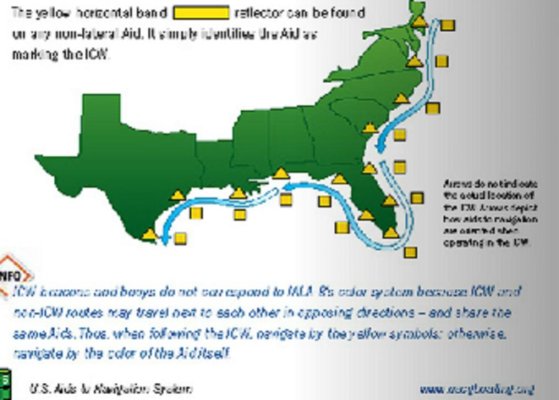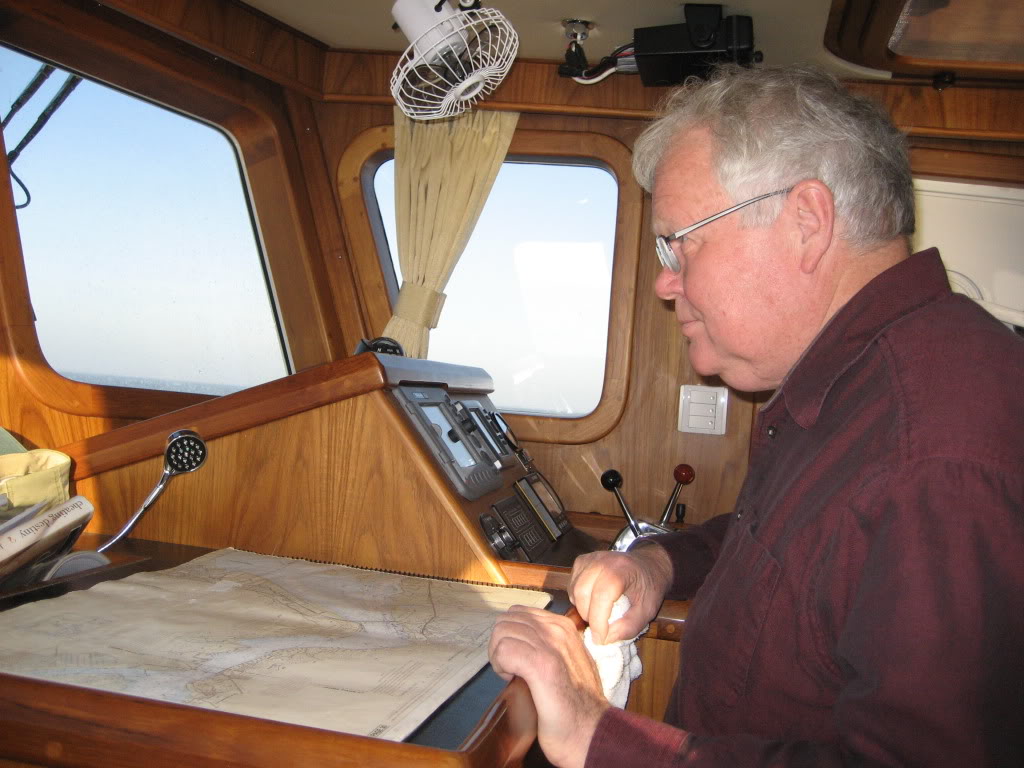True indeed (you should have listened to him ;o) !), though he also had a tendency to dole out some bad advice, the worst of all emphatically telling newbies they should not bother cruising New England! And some not very practical advice, such as always anchoring with two anchors off the bow. I'd still recommend his "cruising on a budget" book for a reference, but not a Bible.
It's that way with many writers, especially boating. They all have their prejudices, so great to read but don't take as gospel. In some ways even worse than an online forum because no one there to call them out on it.
I love Captain John's great loop site but sure don't agree with him on boat choice although many here might.
And those taking David Pascoe's reviews as gospel. Sorry, but they're more what he'd like than completely objective. Read them but filter them. It's actually enjoyable for me to get use to specific reviewers and know their preferences which will always find their way in.
But much to be gained by reading a wide selection.




